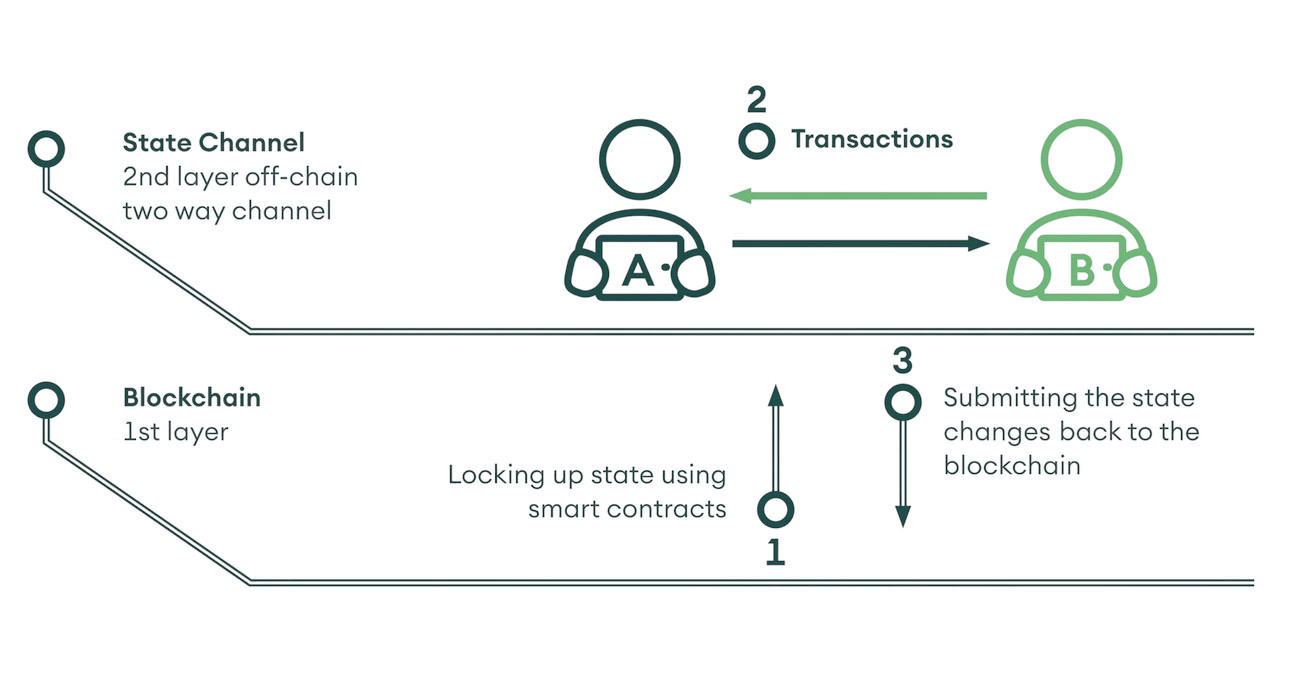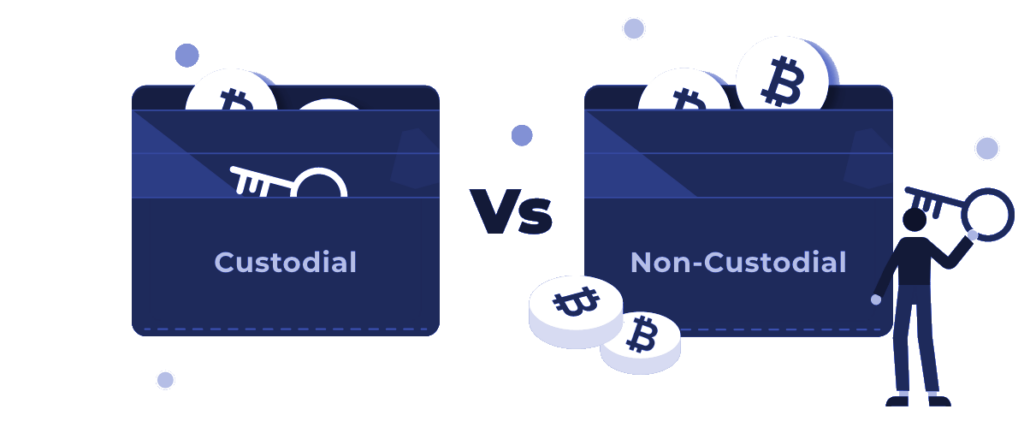
As we began to analyze the various options available for Bitcoin custody, we realized that most of us were leaving our Bitcoin on the same exchange we bought them on. This option was, and still is, the path of least resistance and kind of idiot-proof. It did not require us to invest weeks into researching and learning the best practices for self-custody, nor did it punish us for not being diligent and disciplined.
To be honest, none of us have the appetite or time for another nerdy endeavor involving finicky devices and secrets that, if handled incorrectly, could cost us dearly.

Self-Custody needs to be simple and idiot-proof to go mainstream, and this strongly resonated with our ethos too.
Now, how do we make Self-Custody idiot-proof?
While pondering on this day after day, we asked this question to many others too!
And many wished there were Lost Key and Cancel Transaction options similar to PayPal and other payment solutions with Lost Password and Dispute Transaction options!
Clearly, none of us like to be left without options when something goes wrong and most financial intermediaries help us recover our funds when we have genuine reasons to request the same.
Luckily Satoshi Nakamoto did think about this and made it possible to create transactions with extended logic than plain and simple P2PKH (Pay to Receiver Address) type transactions.
One such transaction construct frequently touted as the solution to the lost/stolen key problem is a MultiSig (Multi-Key) Vault which can tolerate the loss and theft of a subset of keys used to create the said Vault. Ironically, MultiSig Vaults come with the burden of managing multiple private-keys when we are already shying away from setting up and managing a single private-key :-).
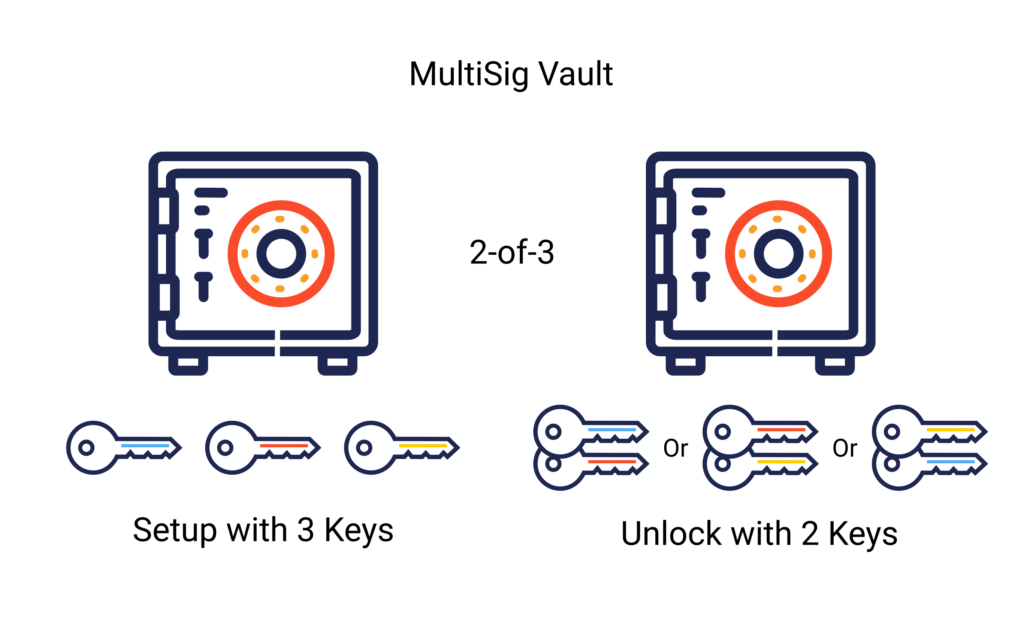
You might say, we can delegate the responsibility of additional private-keys to family and friends to simplify key management and to prevent ourselves from becoming a single point of failure, but they can then restrict our ability to spend and transfer our Bitcoin as we see fit or can even conspire and steal our Bitcoin in the worst case. We also believe that it is generally a bad idea to get our near and dear involved in these setups as such arrangements often complicate the personal lives of everyone involved.
To sum it up, you either need to dilute your control over your Bitcoin and risk insider fraud or accept yourself as a single point of failure for your Bitcoin with MultiSig vaults and this was not an acceptable solution to us. Moreover, there is no way to implement any kind of recovery or clawback using MultiSig constructs.
Note: MPC Vaults are similar to MultiSig Vaults but execute the quorum logic outside of the Bitcoin network and in our opinion are worse than MultiSig for most use cases. Importantly, MPC Vaults give plausible deniability to participants signing malicious transactions as we cannot trace which fragments were used to sign a spending transaction once fully signed.
After carefully considering the above, we started exploring vault ideas based on Layer 2 State Channels.
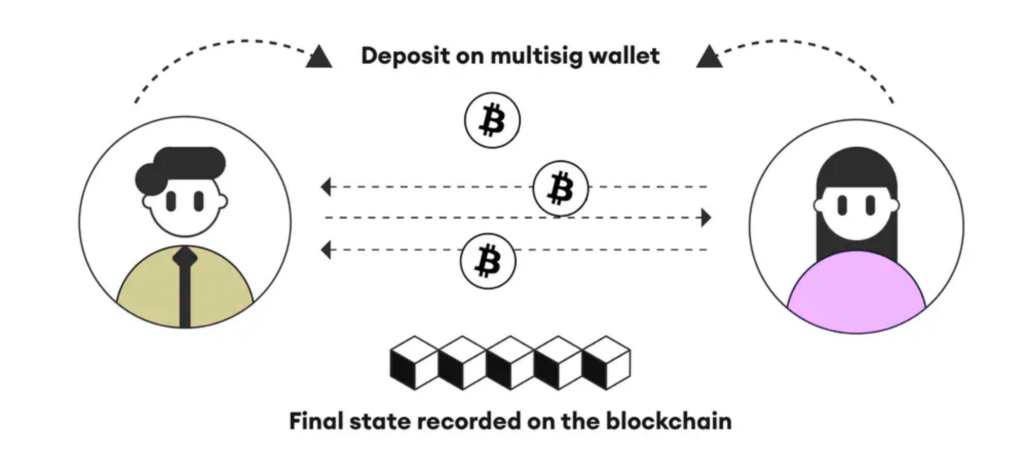
Our goals were simple:
- Reduce the number of private-keys for personal vaults to two – an Owner key and a Co-Signer key
- Make the vaults smart with assignable priorities to private-keys and their combinations – Owner Key + Co-Signer Key > Owner Key > Co-Signer Key
- The owner should be able to transfer and spend his Bitcoin as he sees fit using just his private-key – preserve the baseline Self-Custody ethos
- The Owner and Co-Signer should be able to co-sign a transaction and override any malicious spending attempt made with a stolen key from either party – neither should be a single point of failure
- Co-Signer should be able to recover the Owner’s Bitcoin even when the Owner’s private-key is lost or is inaccessible (the Owner is missing, incapacitated, dead, etc.) and transfer it back to the Owner or his beneficiaries i.e. handle inheritance as per pre-agreed terms and conditions.
- The Owner, with just his private-key, should be able to override any malicious spending attempt by the Co-Signer using the Co-Signer’s private-key and prevent the Co-Signer from stealing his Bitcoin.
Note: The Co-Signer, in our vision, is typically an organized entity, ensuring a professional and contractual arrangement, free from the emotional complexities often associated with friends and family.
After countless iterations and years of experimentation, we developed Smart Vaults™ based on Layer 2 State Channels that could achieve all of the above goals.
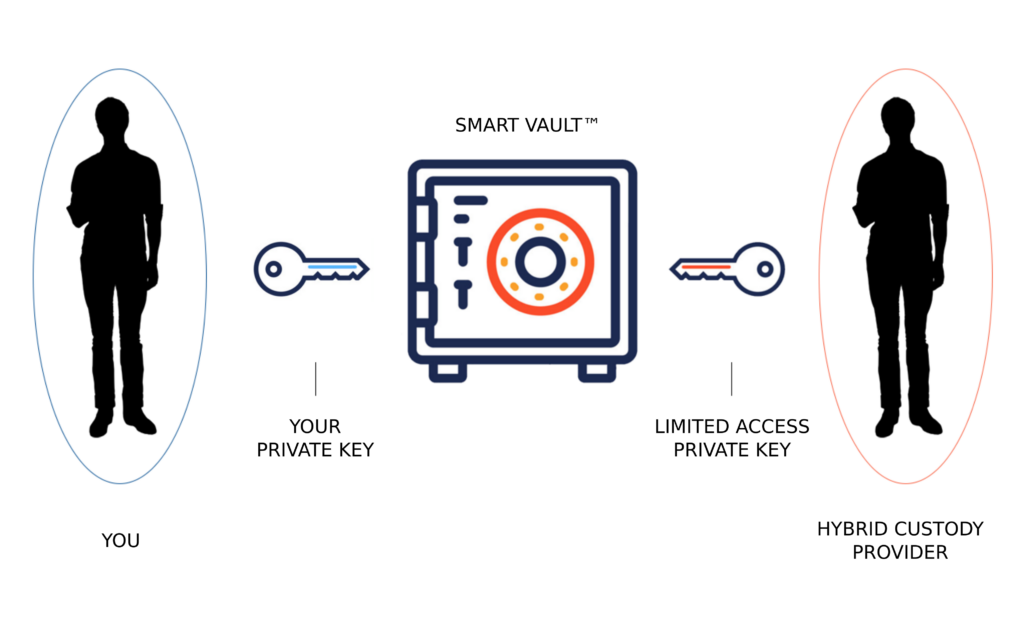
This particular setup with high-priority Owner Keys and low-priority Co-Signer Keys is called Hybrid Custody™ as it combines the best of Self-Custody and Managed Custody for the owner. Here the Co-Signer is usually referred to as a Hybrid Custodian or Hybrid Custody Provider.
In the end, Smart Vaults™ have just two operational requirements to deliver on the promise:
- Your (Owner) private-key cannot be lost and stolen at the same time
Easily achieved with at least 2 durable backups of your private-key stored in 2 different secure locations. We are as worried about stolen private-keys as long as we have access to a copy of them.
- Both your (Owner) & Hybrid Custodian’s private-keys cannot be stolen at the same time by cooperating adversaries
Achievable as the Hybrid Custodian is an organized entity with state-of-the-art OPSEC.

